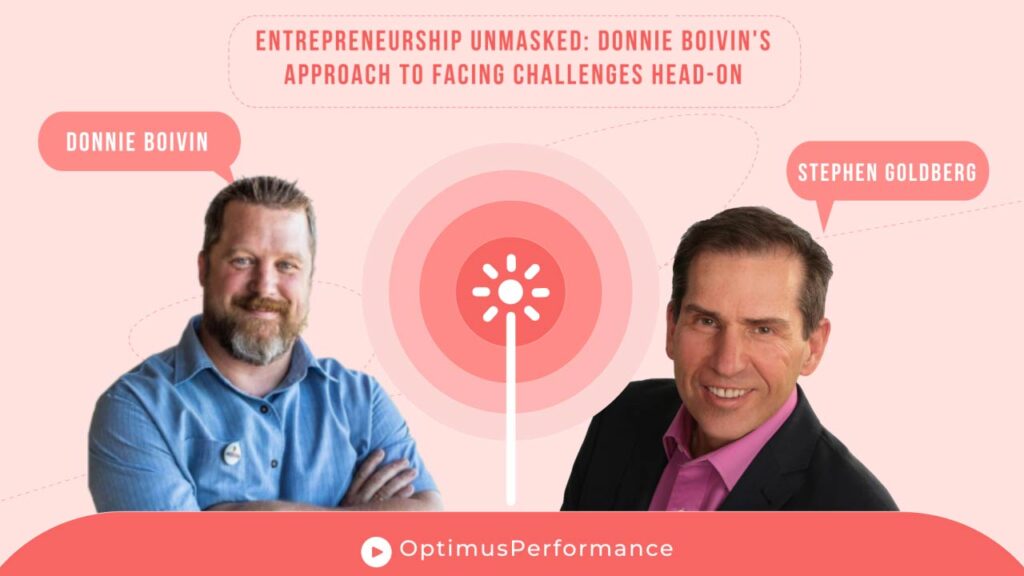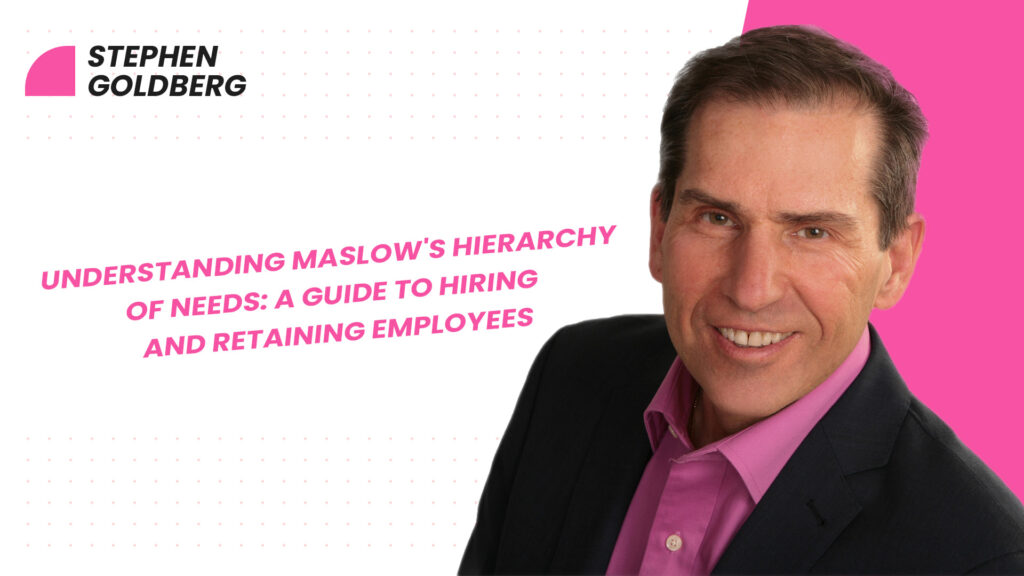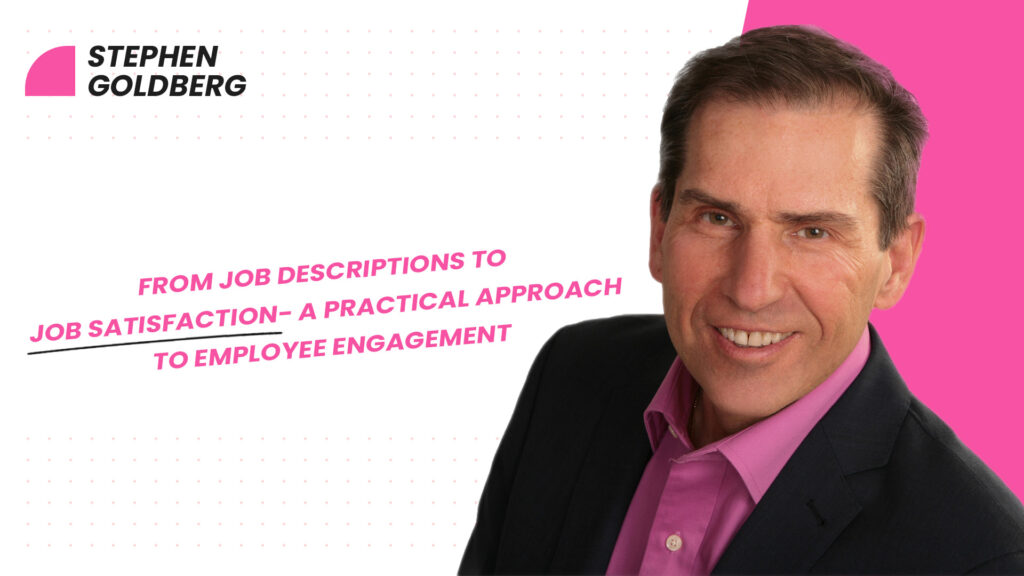
Donnie Boivin is an entrepreneur, author, and podcaster who has achieved great success as the CEO of three companies: “Success Champion Networking”, “Badass Business Summit”, and “Champions Table”.
He is passionate about helping people achieve financial and personal freedom through entrepreneurship and invites anyone looking to take their business to the next level to join the Champions 90 challenge at champions90.com.
Many businesses fail because the owners give up too early. The key to success is perseverance and not quitting when things get tough.
Donnie believes that those who succeed in business are the ones who are too stubborn to quit when they should have thrown in the towel.
Many people start multiple businesses without being willing to go through the hard times to succeed.
Donnie’s 90-day Champion 90 challenge is designed to help people who are serious about taking their business to the next level. It is an opportunity to learn from a proven leader in the business community and get the support needed to overcome common challenges such as poor management and bad financial decisions.
Entrepreneurship is not for everyone, but it is not a matter of should or should not. The real question is whether individuals are willing to meet themselves when there are no excuses left.
Donnie challenges his clients to face the tough moments head-on and discover what they are truly made of. This self-reflection can be uncomfortable, but it is essential for those who want to achieve true success.


